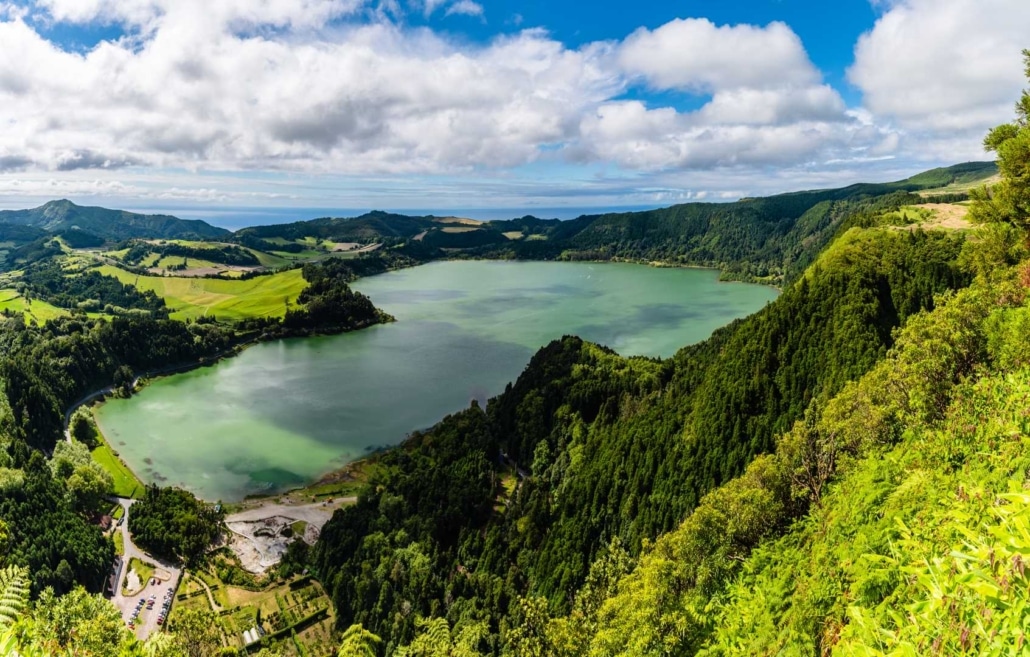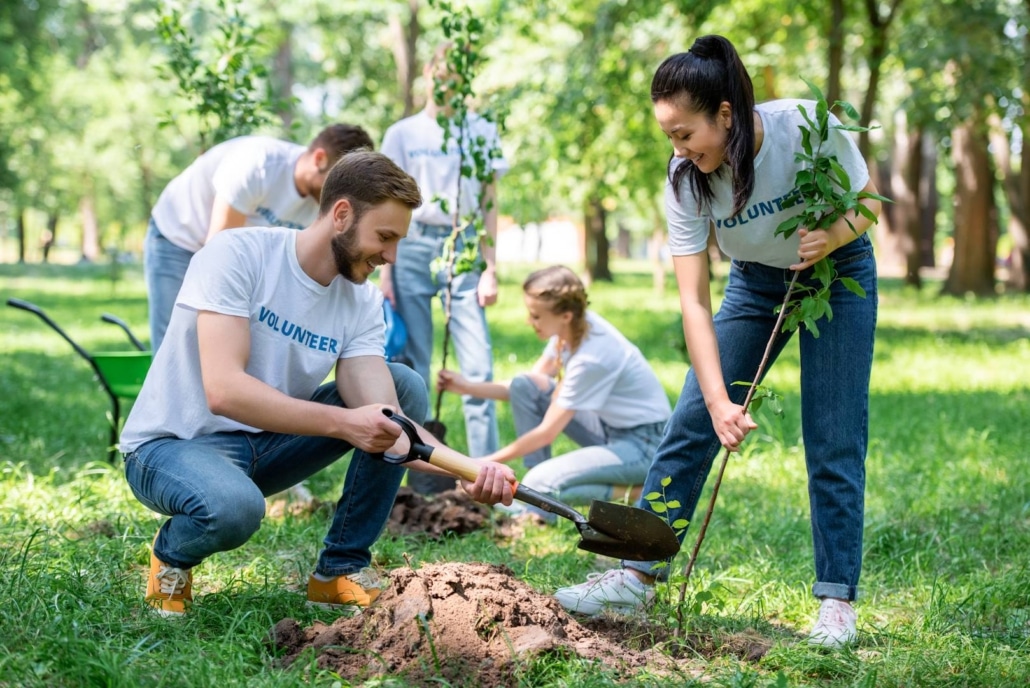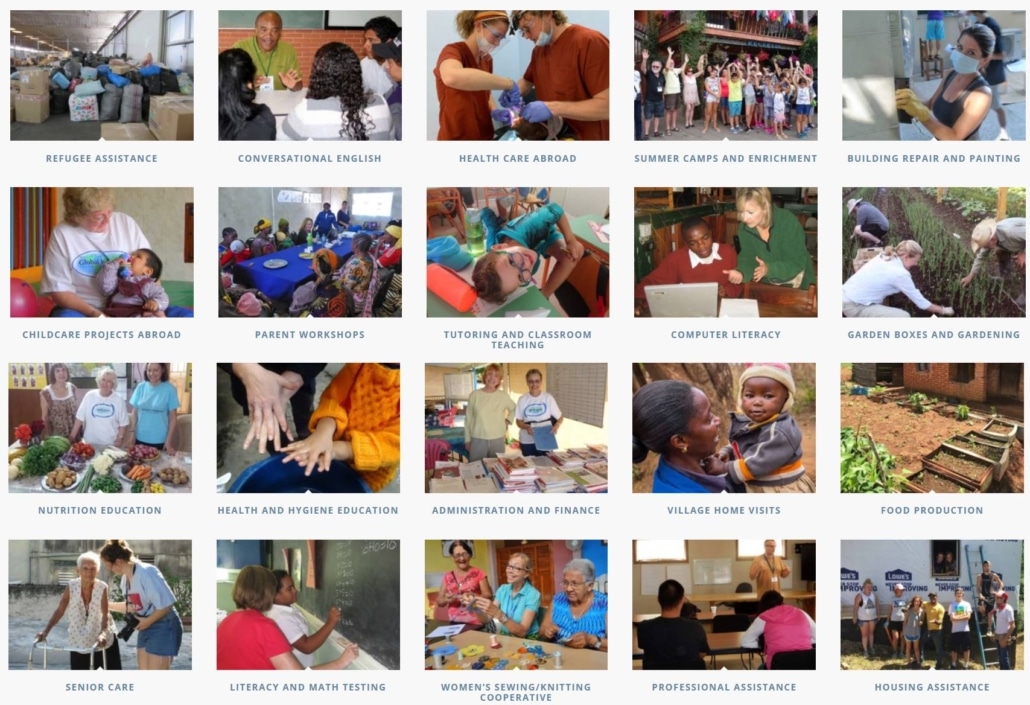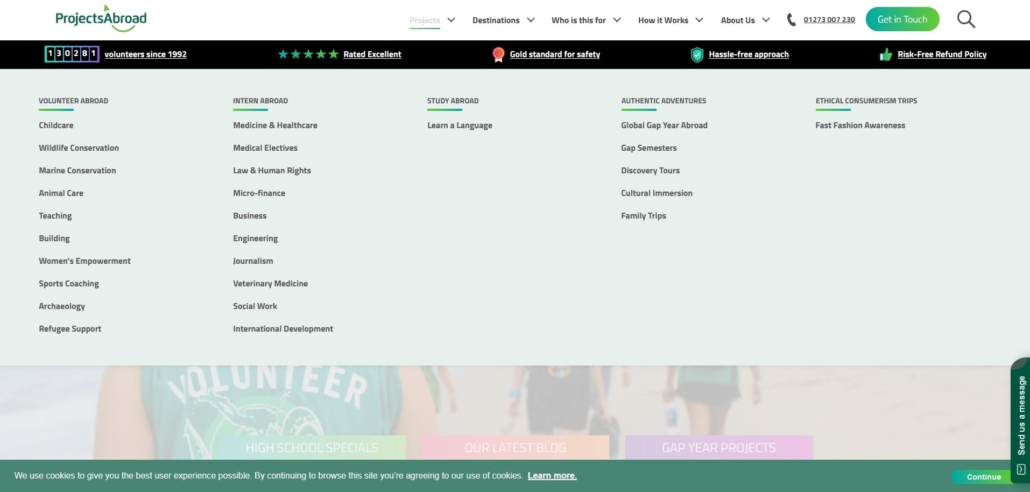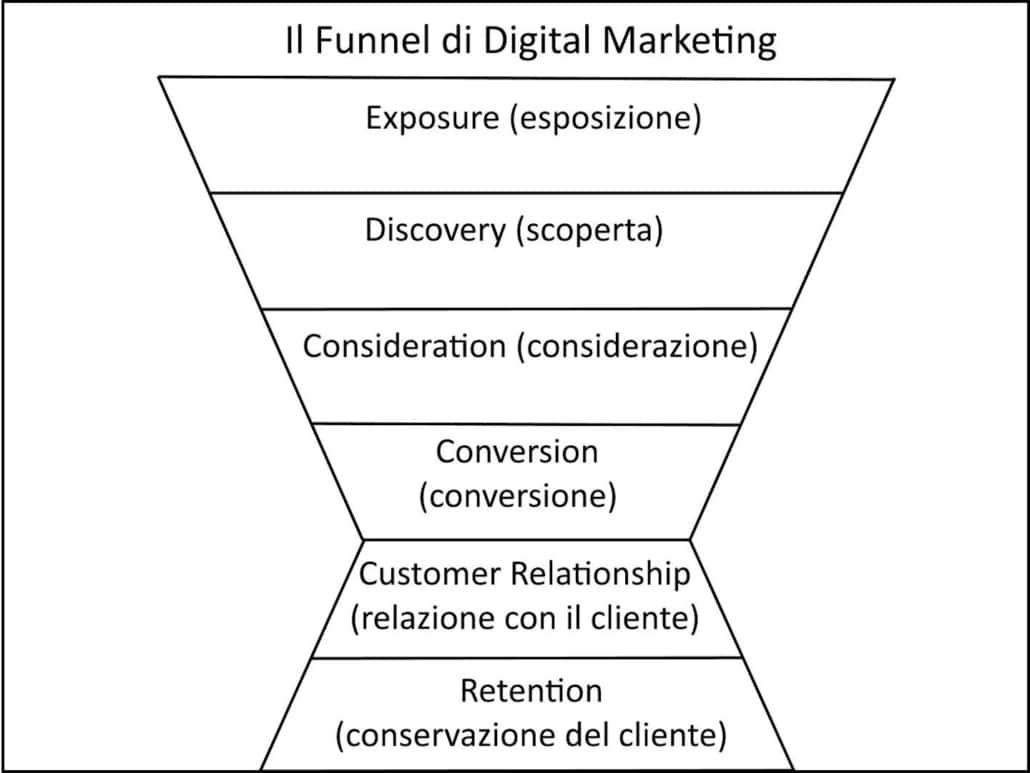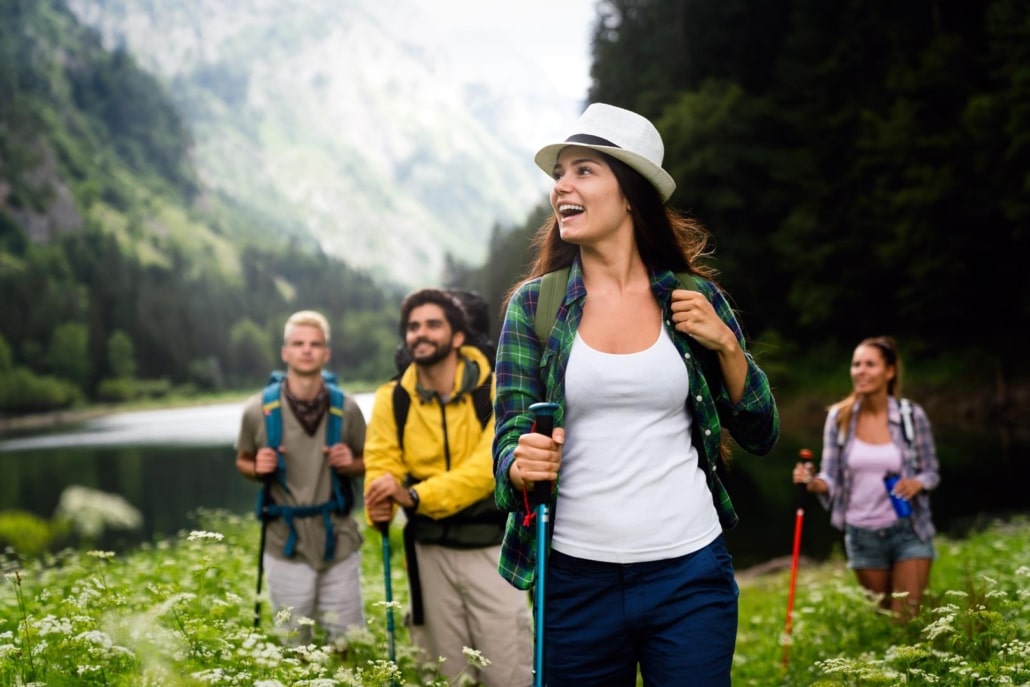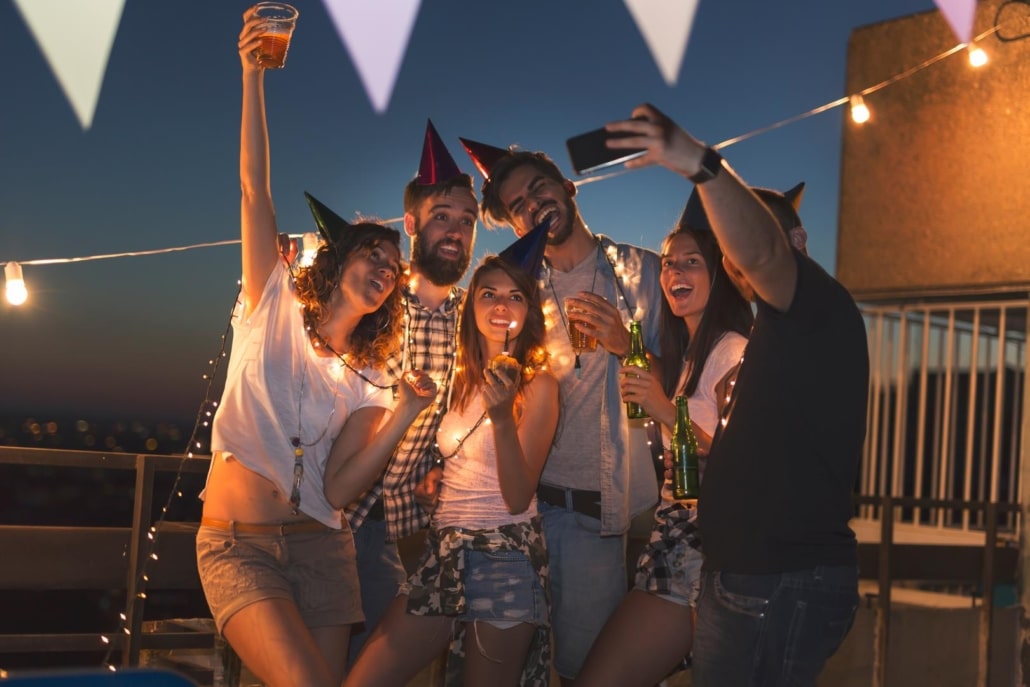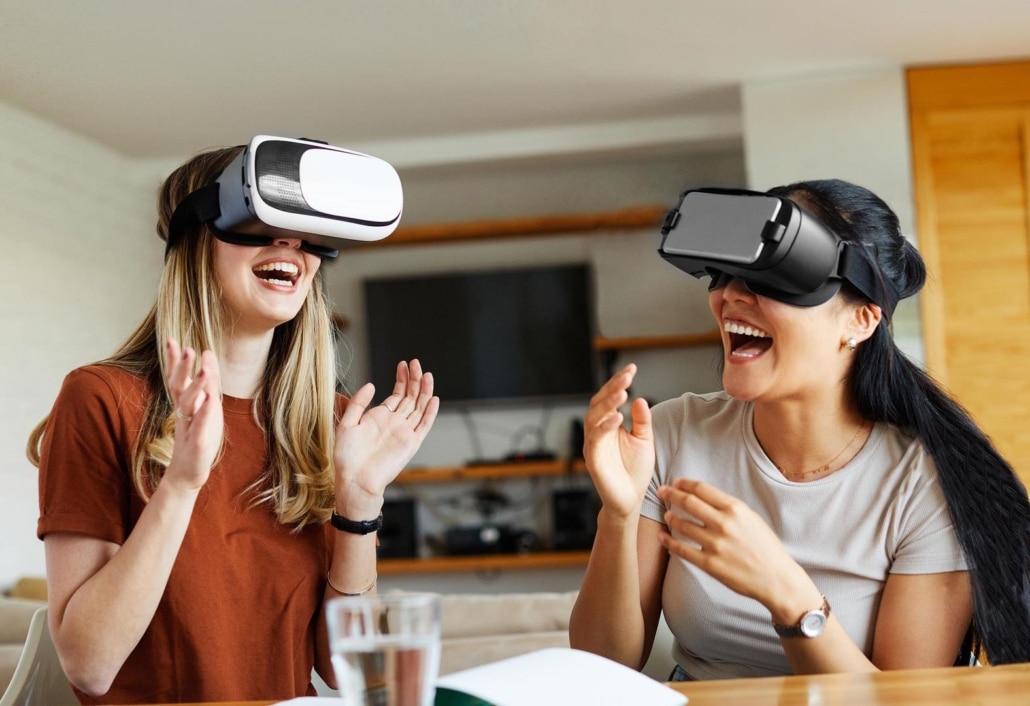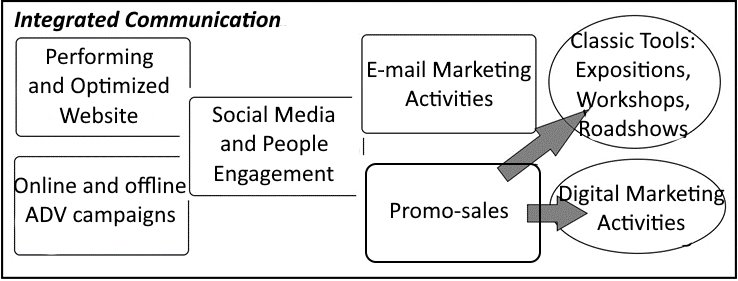The Digital Communication Plan for Tourism – Part I: Introduction

Creating a digital communication plan means understanding how a destination or a tourism operator will reach its audiences with the right messages. Moreover, the communication plan is a document that allows sharing the strategic communication ideas with the DMO (Destination Management Organization) team and the stakeholders of the area, so that the main guidelines to follow are clear.
Clearly, in more advanced tourism contexts, the DMO’s communication plan is the result of participatory discussions among the DMO, stakeholders, and possibly residents. This approach is lengthier and more complex, but it ensures a more shared vision of communication strategies. In the case of tourism operators, the planning process is considerably simplified compared to that of the DMO.
A digital communication plan is a strategic document that takes into account the current situation of a specific organization (DMO, operator) to establish medium-term objectives and determine the strategy and means to achieve them. This document also describes the responsibilities, timing, and control tools for monitoring.
A communication plan describes how to effectively convey strategic messages to target audiences and is, therefore, a way to proactively organize a brand’s communication actions in order to direct resources towards achieving complex and structured results within defined timeframes (annual plan, three-year plan, five-year plan).
The objectives of a digital communication plan include assessing organizations and their competitive environment (customers and potential customers, competitors, trends, technologies, macro-environment, etc.). Similarly, it should serve as a roadmap for managing the organization’s communication strategy, ensuring that resources are allocated correctly. The plan also helps control and evaluate the output and address any potential deviation from the organization’s expected results. From this perspective, a communication plan becomes a flexible document that must be adapted to the destination/operator’s situation and must fuel the results obtained from each developed action, especially in the digital realm.
The communication plan addresses some basic strategic questions, such as:
- What are the communication objectives?
- What are the messages that need to be communicated?
- Who are the communication audiences/targets?
- How to achieve the set objectives?
- Who should communicate the messages?
- On which channels will the messages be distributed?
- What are the communication periods?
- What are the communication resources and how to deploy them?
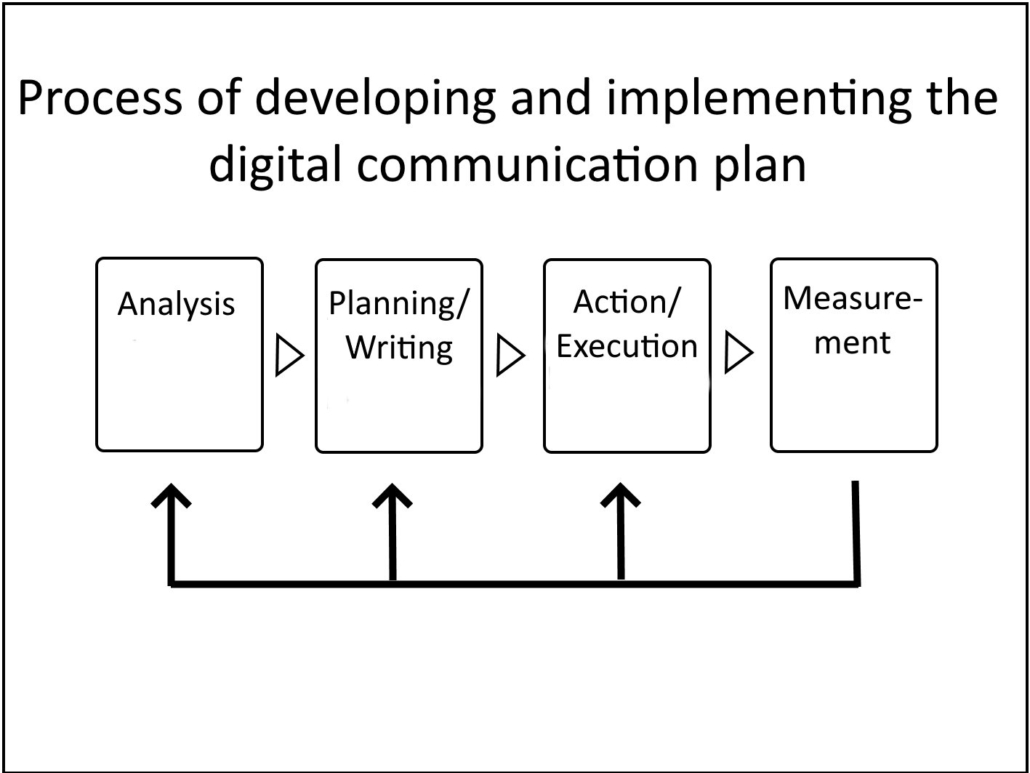
Fig. 1 – Process of Developing and Implementing the Digital Communication Plan (Author’s elaboration)
The process of developing and implementing the digital communication plan involves four distinct phases (Fig. 1):
- Analysis
- Planning/Writing
- Action/Execution
- Measurement
In the upcoming parts, these phases will be detailed, along with how to address the basic strategic questions.
Sources:
#DigitalCommunicationPlan; #StrategicAnalysis; #SWOTAnalysis; #TargetAudience; #OnlinePresence; #DigitalStrategy; #CompetitiveAnalysis; #EmpathyMapping; #DigitalMarketing; #CommunicationStrategy; #OrganizationalAnalysis; #SocialMediaEvaluation; #MarketResearch; #StakeholderEngagement; #MarketingStrategy

